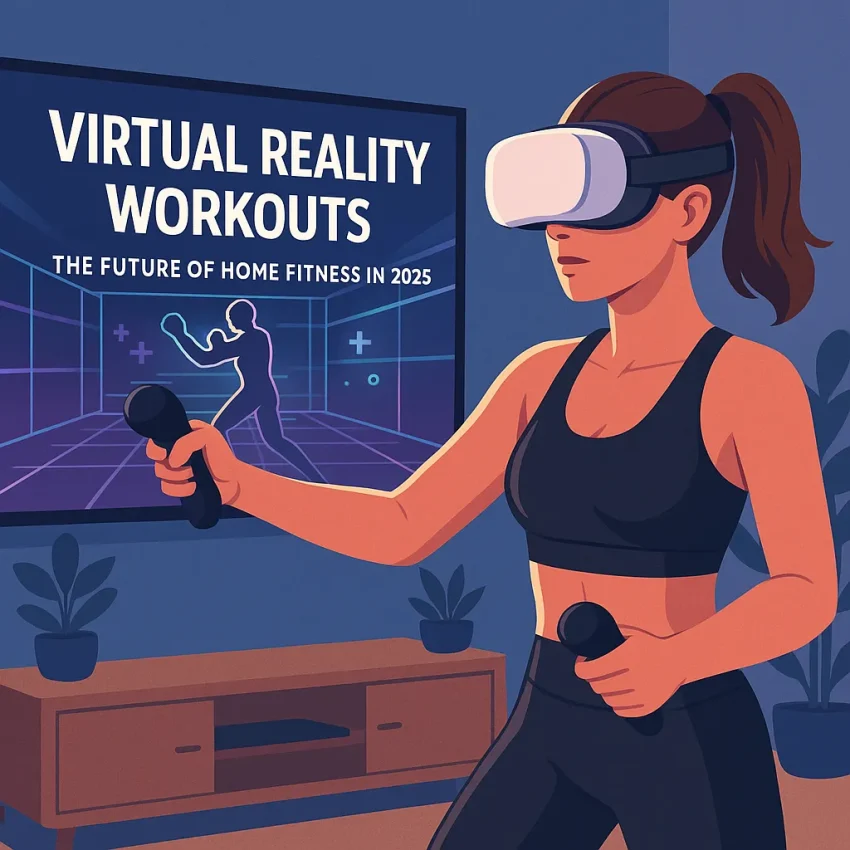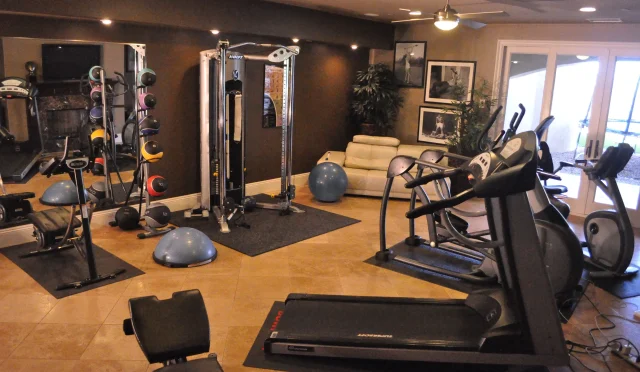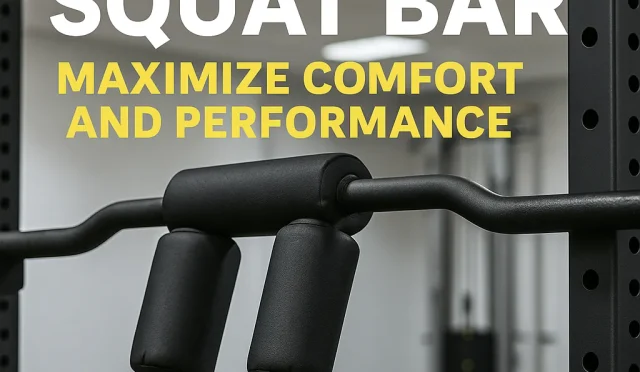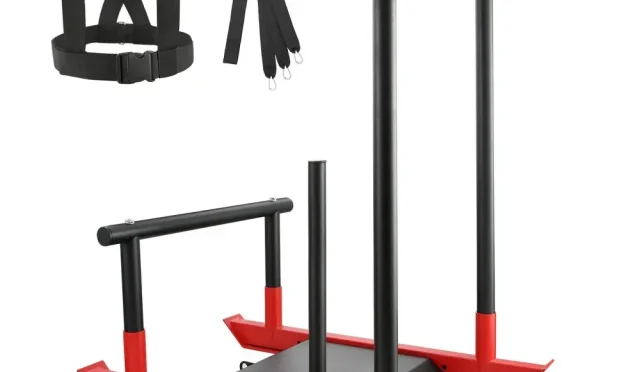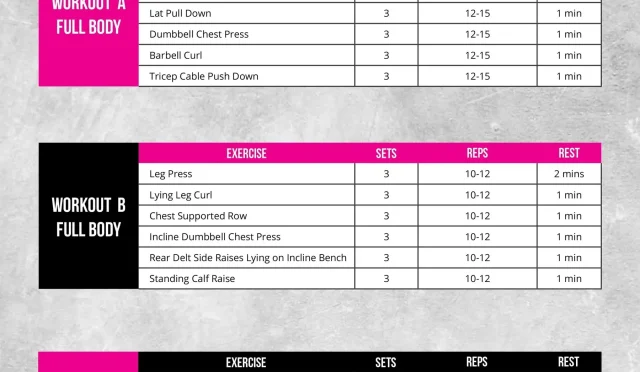Virtual Reality Workouts: The Future of Home Fitness in 2025
Introduction: A New Era of Home Fitness
In recent years, the fitness world has undergone a digital transformation, and in 2025, virtual reality workouts are taking center stage. With the growing demand for home-based exercise solutions, VR fitness offers an immersive and engaging way to burn calories, build strength, and stay motivated — all without stepping foot in a gym.
This article explores how virtual reality workouts are revolutionizing the way we train, what makes them effective, and which platforms and devices are leading the way.
H2: What Are Virtual Reality Workouts?
Virtual reality workouts involve using a VR headset to immerse yourself in a digitally created workout environment. Instead of watching a screen, you are inside the experience — whether you’re boxing in a neon-lit arena, dancing in a futuristic city, or climbing a snowy mountain.
Benefits include:
Full-body engagement
Real-time feedback
High motivation through gamification
Exercise disguised as fun
In 2025, these workouts are more personalized, data-driven, and accessible than ever before.
H2: Why Virtual Reality Workouts Are Trending in 2025
There are several reasons why virtual reality workouts are becoming mainstream:
1. Post-pandemic fitness boom
With more people embracing remote lifestyles, there’s a demand for at-home fitness that feels dynamic and exciting.
2. Improved hardware and affordability
Headsets like the Meta Quest 3, HTC Vive XR Elite, and Apple Vision Pro have become lighter, cheaper, and more powerful.
3. Personalized training
AI integration allows real-time adaptation to your fitness level, goals, and even mood.
4. Social interaction
Platforms like VRChat Fitness Rooms or Les Mills BODYCOMBAT VR offer multiplayer workout sessions with friends or global communities.
H2: Best VR Fitness Apps in 2025
Here are some of the top-rated platforms dominating the virtual reality workouts space:
🥊 Supernatural
Guided full-body workouts in beautiful VR environments
Tracks calories, form, and intensity
Real coaches in real-time
💃 FitXR
Boxing, dance, and HIIT programs
Multiplayer and group classes
Syncs with wearables
🚴 VZfit
Connects with real-world cycling apps like Strava
Uses Google Maps for virtual biking through real streets
Includes VR resistance training
🧘 Tripp
Mental fitness: combines breathing exercises, meditation, and light movement
Focuses on mind-body wellness
H2: Hardware You Need for VR Workouts
To get started with virtual reality workouts, here’s what you’ll need:
| Device | Price Range | Features |
|---|---|---|
| Meta Quest 3 | $399+ | Wireless, full-color passthrough |
| HTC Vive XR Elite | $699+ | High-performance, PC-compatible |
| PlayStation VR2 | $549+ | Advanced haptics, fitness-friendly |
| Apple Vision Pro | $3,499+ | Top-tier visual immersion, Apple Fitness+ sync |
Make sure to pair your headset with fitness accessories like sweat-resistant face pads and motion controllers.
H2: How Virtual Reality Improves Fitness Outcomes
Studies show that virtual reality workouts improve consistency and enjoyment, two major barriers to fitness success.
Results from 2025 research:
Users burn 15–20% more calories due to increased movement intensity
VR exercisers report 40% higher motivation compared to traditional home workouts
Muscle engagement is more dynamic due to 360-degree movement
Conclusion: VR makes fitness fun, immersive, and sustainable.
H2: Who Are VR Workouts Best Suited For?
Busy professionals who need time-efficient workouts
People with gym anxiety
Gamers looking to stay active
Rehabilitation patients with motion tracking therapy
Seniors using low-impact balance and mobility training
There’s a VR workout option for nearly every fitness level and body type.
H2: Challenges and Considerations
Despite their benefits, virtual reality workouts come with a few concerns:
1. Motion Sickness
Some users may experience dizziness. Choosing the right headset and easing in helps reduce symptoms.
2. Limited room space
Small living areas may restrict movement. Always clear space and use guardian systems.
3. Cost barrier
While cheaper than personal trainers or gyms long-term, upfront costs may be a hurdle.
4. Device fatigue
Too much screen time, even in VR, can strain the eyes or cause fatigue.
H2: What’s Next for VR Fitness?
The future of virtual reality workouts includes:
Haptic suits that mimic physical touch and resistance
AI personal trainers in virtual space
Biometric tracking (heart rate, oxygen, hydration) built into headsets
Metaverse fitness communities
Virtual reality gyms with real-time leaderboards and challenges
By 2030, it’s predicted that over 25% of home workouts will be fully immersive and VR-powered.
Conclusion: Should You Try Virtual Reality Workouts in 2025?
If you’re bored of the treadmill, unmotivated by YouTube workouts, or craving a new fitness experience, virtual reality workouts could be exactly what you need.
In 2025, they’re more accessible, affordable, and effective than ever before. Whether you want to lose weight, stay active, or have fun — you can do it without leaving your living room.
#VirtualRealityWorkouts #VRFitness2025 #HomeWorkout #MetaverseFitness #FitnessTechnology #FutureOfFitness #FitInVR

